An uncultivated, aerobic chemolithotrophic Sulfurimonas species with a reduced genome is abundant across diverse, hydrogen-rich hydrothermal plumes in the deep ocean.
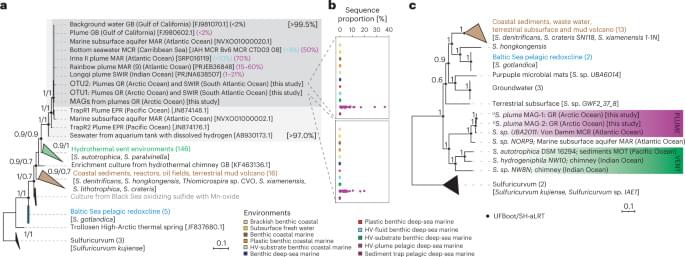


A nuclear power plant along the Mississippi River in Monticello, Minnesota, has leaked more than 400,000 gallons of radioactive water due to a broken pipe. NBC’s Maggie Vespa has the details.
» Subscribe to NBC News: http://nbcnews.to/SubscribeToNBC
» Watch more NBC video: http://bit.ly/MoreNBCNews.
NBC News Digital is a collection of innovative and powerful news brands that deliver compelling, diverse and engaging news stories. NBC News Digital features NBCNews.com, MSNBC.com, TODAY.com, Nightly News, Meet the Press, Dateline, and the existing apps and digital extensions of these respective properties. We deliver the best in breaking news, live video coverage, original journalism and segments from your favorite NBC News Shows.
Connect with NBC News Online!
NBC News App: https://smart.link/5d0cd9df61b80
Breaking News Alerts: https://link.nbcnews.com/join/5cj/breaking-news-signup?cid=s…lip_190621
Visit NBCNews. Com: http://nbcnews.to/ReadNBC
Find NBC News on Facebook: http://nbcnews.to/LikeNBC
Follow NBC News on Twitter: http://nbcnews.to/FollowNBC
Get more of NBC News delivered to your inbox: nbcnews.com/newsletters.
#Minnesota #Nuclear #Radioactive
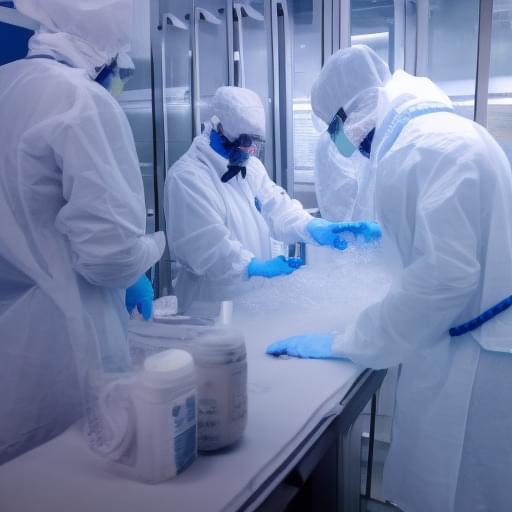
What if death was not the end? What if, instead of saying our final goodbyes to loved ones, we could freeze their bodies and bring them back to life once medical technology has advanced enough to cure their fatal illnesses? This is the mission of Tomorrow Biostasis, a Berlin-based startup that specializes in cryopreservation.
Cryopreservation, also known as biostasis or cryonics, is the process of preserving a human body (or brain) in a state of suspended animation, with the hope that it can be revived in the future when medical technology has advanced enough to treat the original cause of death. This may seem like science fiction, but it is a legitimate scientific procedure, and Tomorrow Biostasis is one of the few companies in the world that offers this service.
Dr Emil Kendziorra, co-founder and CEO of Tomorrow Biostasis explained that the goal of cryopreservation is to extend life by preserving the body until a cure can be found for the original illness. He emphasized that cryopreservation is not a form of immortality, but rather a way to give people a second chance at life.
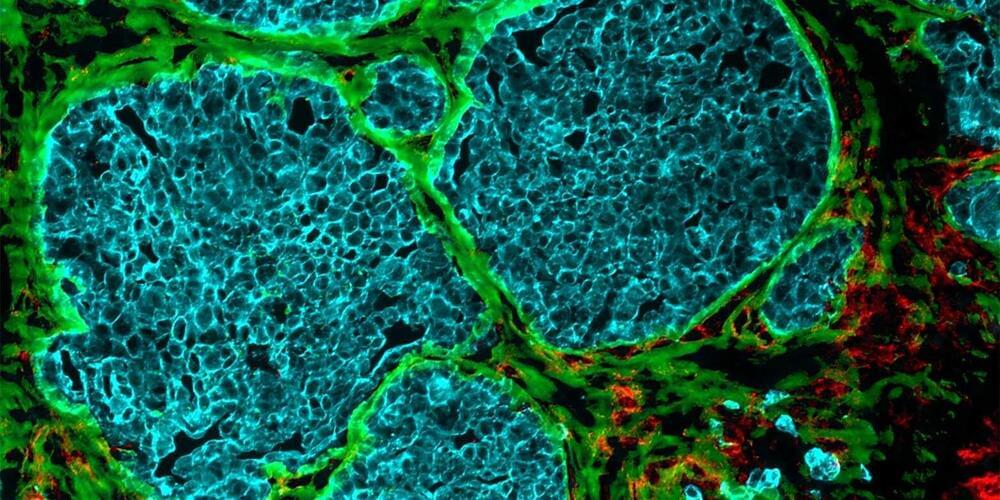
Increasingly dense cell clusters in growing tumors convert blood vessels into fiber-filled channels. This makes immune cells less effective, as findings by researchers from ETH Zurich and the University of Strasbourg suggest. Their research is published in Matrix Biology.
It was almost ten years ago that researchers first observed that tumors occurring in different cancers—including colorectal cancer, breast cancer and melanoma—exhibit channels leading from the surface to the inside of the cell cluster. But how these channels form, and what functions they perform, long remained a mystery.
Through a series of elaborate and detailed experiments, the research groups led by Viola Vogel, Professor of Applied Mechanobiology at ETH Zurich, and Gertraud Orend from the University of Strasbourg have found possible answers to these questions. There is a great deal of evidence to suggest that these channels, which the researchers have dubbed tumor tracks, were once blood vessels.
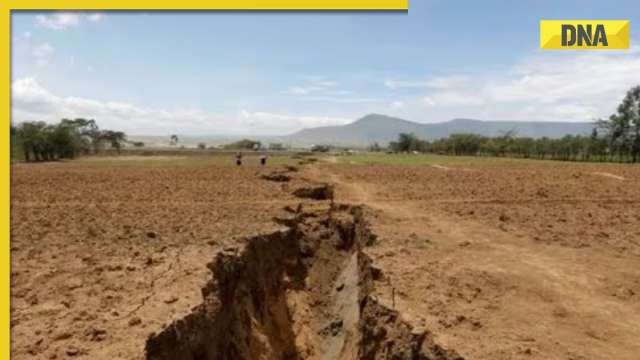
As Africa splits into two pieces, scientists predict the beginning of the rarest natural phenomena. Researchers believe that in the distant future, the creation of a new ocean may result in the division of Africa into two pieces. The separation of two significant portions of the continent may eventually lead to the formation of a new body of water. In millions of years, landlocked nations like Zambia and Uganda might have their own coasts.
The splitting of an one tectonic plate into two or more tectonic plates divided by divergent plate borders is known as rifting, according to Science Direct. Where the Earth’s tectonic plates separate, a lowland area known as the rift valley arises, according to National Geographic.
These rift valleys can be found both on land and on the ocean’s floor. According to IFLScience research, this event dates back at least 138 million years to the time when South America and Africa became separated into separate continents. According to NBC News, the Red Sea and the Gulf of Aden were formed as a result of the Arabian plate moving away from Africa for the past 30 million years.
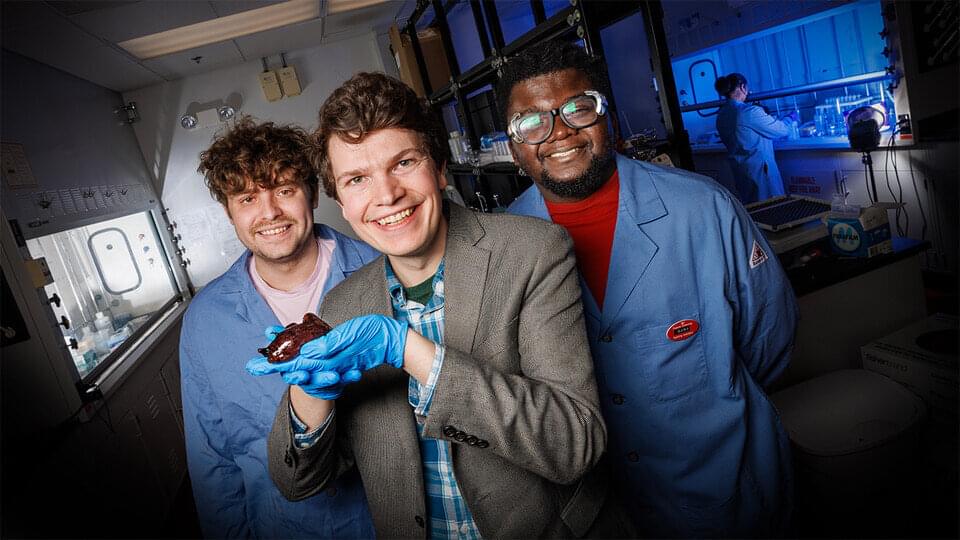
With the aid of some sea slugs, University of Nebraska–Lincoln chemists have discovered that one of the smallest conceivable tweaks to a biomolecule can elicit one of the grandest conceivable consequences: directing the activation of neurons.
Their discovery came from investigating peptides, the short chains of amino acids that can transmit signals among cells, including neurons, while populating the central nervous systems and bloodstreams of most animals. Like many other molecules, an amino acid in a peptide can adopt one of two forms that feature the same atoms, with the same connectivity, but in mirror-image orientations: L and D.
Chemists often think of those two orientations as the left and right hands of a molecule. The L orientation is by far the more common in peptides, to the point of being considered the default. But when enzymes do flip an L to a D, the seemingly minor about-face can turn, say, a potentially therapeutic molecule into a toxic one, or vice versa.
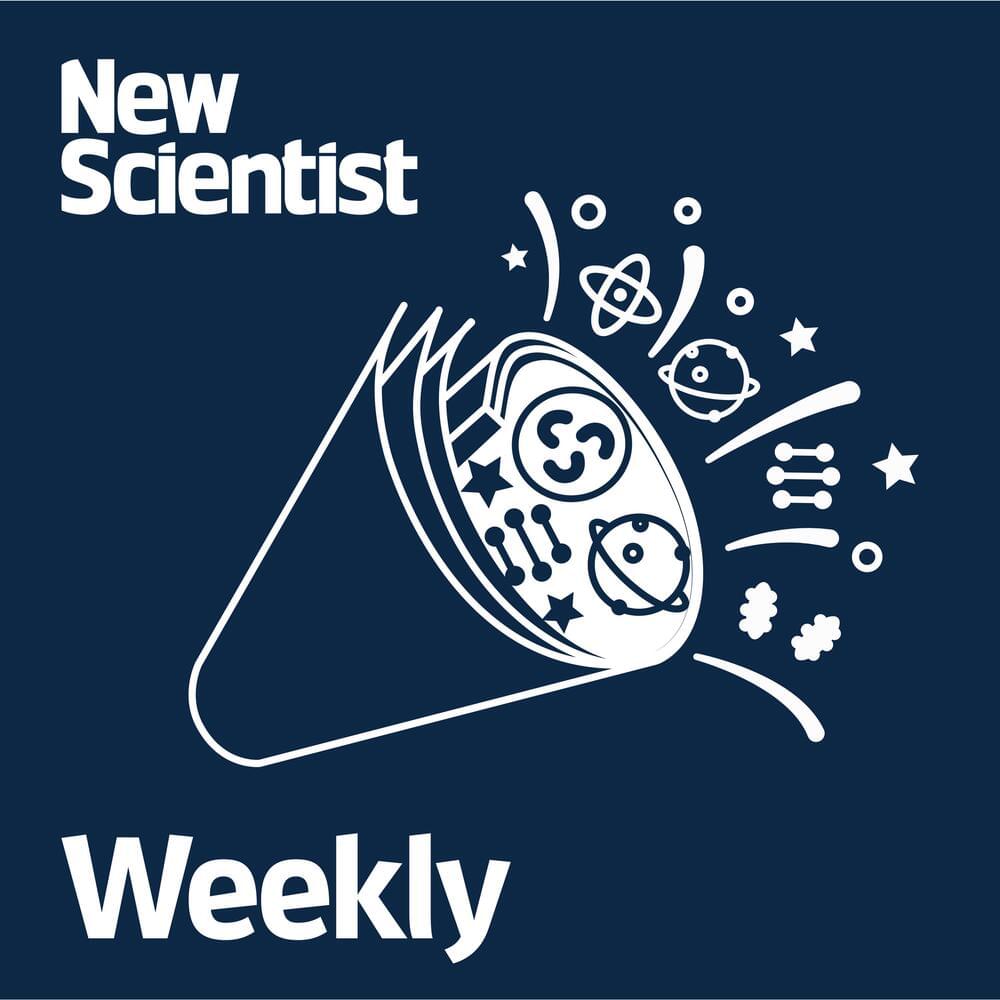
Brainoids — tiny clumps of human brain cells — are being turned into living artificial intelligence machines, capable of carrying out tasks like solving complex equations. The team finds out how these brain organoids compare to normal computer-based AIs, and they explore the ethics of it all.
Sickle cell disease is now curable, thanks to a pioneering trial with CRISPR gene editing. The team shares the story of a woman whose life has been transformed by the treatment.
We can now hear the sound of the afterglow of the big bang, the radiation in the universe known as the cosmic microwave background. The team shares the eerie piece that has been transposed for human ears, named by researchers The Echo of Eternity.
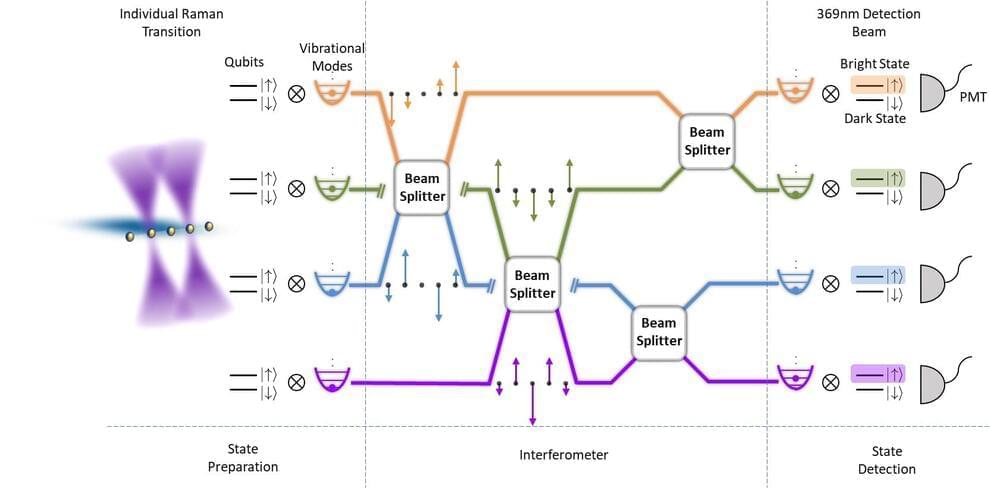
Quantum computing systems have the potential to outperform classical computers on some tasks, helping to solve complex real-world problems in shorter times. Research teams worldwide have thus been trying to realize this quantum advantage over traditional computers, by creating and testing different quantum systems.
Researchers at Tsinghua University recently developed a new programmable quantum phononic processor with trapped ions. This processor, introduced in a paper in Nature Physics, could be easier to scale up in size than other previously proposed photonic quantum processors, which could ultimately enable better performances on complex problems.
“Originally, we were interested in the proposal of Scott Aaronson and others about Boson sampling, which might show the quantum advantages of simple linear optics and photons,” Kihwan Kim, one of the researchers who carried out the study, told Phys.org. “We were wondering if it is possible to realize it with the phonons in a trapped ion system.”
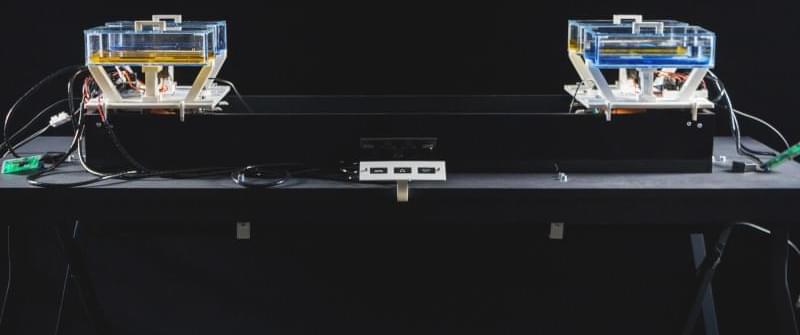
Art projects can fundamentally be anything you like, as long as you say they’re art at the end of it all. They don’t always work, or work well, but they often explore new ideas. Often, artists working on installations fall back on similar tools and techniques used by the maker community. [Julian] is no exception, and his Biotic Explorers work has many touchstones that will be familiar to the Hackaday set.
The Biotic Explorers Research Group is a broad art project, involving the creation of a fictitious scientific association. [Julian] created imaginary scientists, reports, and research to flesh out this world. The project culminates in the development of a prototype communications system, which uses pH sensors at either end of a fungal network in soil to send messages.
Liquids are applied to change the pH of the system, which can be picked up at the other end of the soil bed. The pH levels are read as digital signals, with pH levels either side of neutral reading as high and low bits. pH sensors can be expensive, so [Julian] chose the cheapest available, and tapped into their LCD display lines to read their output into an microcontroller. The system displays data using commonly available OLED displays, and hobby servo motors are used to control the dispensing of liquid.